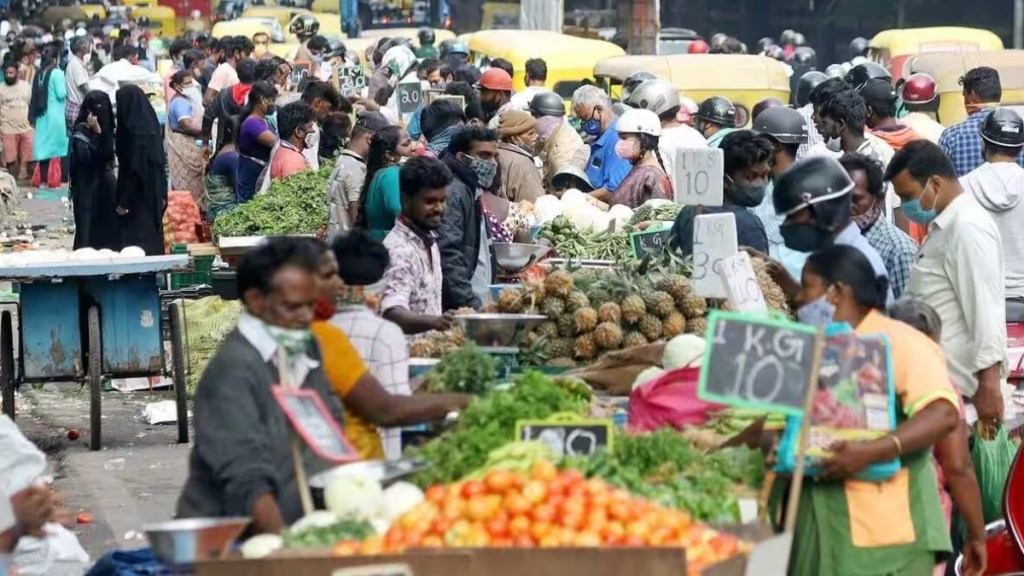The share of food in the Consumer Price Index (CPI), which is employed to gauge retail inflation, may come down by up to 10 percentage points, and the composition of sub index for food will also change significantly, an official privy to the ongoing exercise to update the index told FE.
“It (food index) will shift from cereals towards non-cereals. The current 9% weight for cereals in the CPI basket may markedly reduce,” the source said.
Currently, the Consumer Food Price Index constitutes 39.06% of the overall CPI and ‘cereals and products’ sub-group makes up 9.67%. The ‘cereals and products’ sub-group comprises 20 items of the total 299 that form the CPI basket.
The official further said that the revision of the CPI on the basis of the Household Consumer Expenditure Survey (HCES) that is currently under way is unlikely to happen before 2025, because the survey is expected to be completed only by July next year.
“As far as the first round of Consumer Expenditure Survey is concerned, that has been completed. We’re still not very clear how stable and reliable the data is. We’ll get the initial tabulations sometime around November or December and after that, we’ll take a call whether it looks reliable,” the source said. “It’s only after the second survey, which is on the field now, we’ll be able to take a definitive decision on whether to use this (HCES) for revamping the CPI basket or not.”
On services components, he said that the services that are already part of the CPI basket–mainly health and education–will remain in the basket. “The rest, we will have to see.” Services roughly constitute half of the core CPI basket. And core CPI (non-food, non-energy) non-constitutes 47% of the overall index.
Several experts have asked for the need to upgrade the CPI series and the basket to better reflect the current consumption habits. The base year of the current CPI series is 2012, which factors in the consumption expenditure survey carried out in 2011-12.
In 2019, the consumption expenditure survey for 2017-18 was junked by the Ministry of Statistics and Programme Implementation citing data quality issues. The government was to conduct fresh surveys for 2020-21 and 2021-22, but both were delayed because of the pandemic. The government later announced it will conduct a new survey for 2022-23, and the survey is yet to be completed.
The change in composition of CPI has major implications for the macroeconomic and monetary policies, as reduced weight of food items in the CPI could significantly alter the headline inflation numbers.
Under the flexible inflation targetting work, the Reserve Bank of India is required by law to maintain retail inflation at 4%, with an upper tolerance limit of 6% and lower one of 2%. For the last several quarters except for Q1FY24, the CPI inflation has exceeded the upper tolerance limit, with the elevated food prices being a key driver in recent months. A transient spike in vegetable prices pushed inflation to a 15-month high of 7.44% in July, while it eased to 6.83% in August, helped by supply-side measures. The inflation in “cereals and products” have remained in double digits in the past twelve months– it slid from 13.04% in July to 11.85% in August.
While the RBI over several bi-monthly monetary policy reviews in recent quarters raised the policy repo rate to 6.5%, the last three policies saw it holding the rates.An uptick in crude prices and uncertainties about the kharif crops have raised the spectre of a fresh spurt in inflation, and it appears a rate cut is off the table for now.

